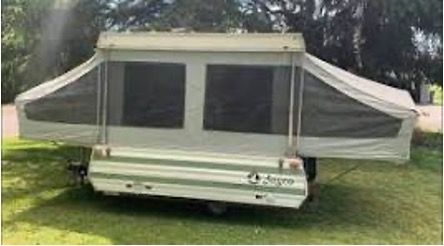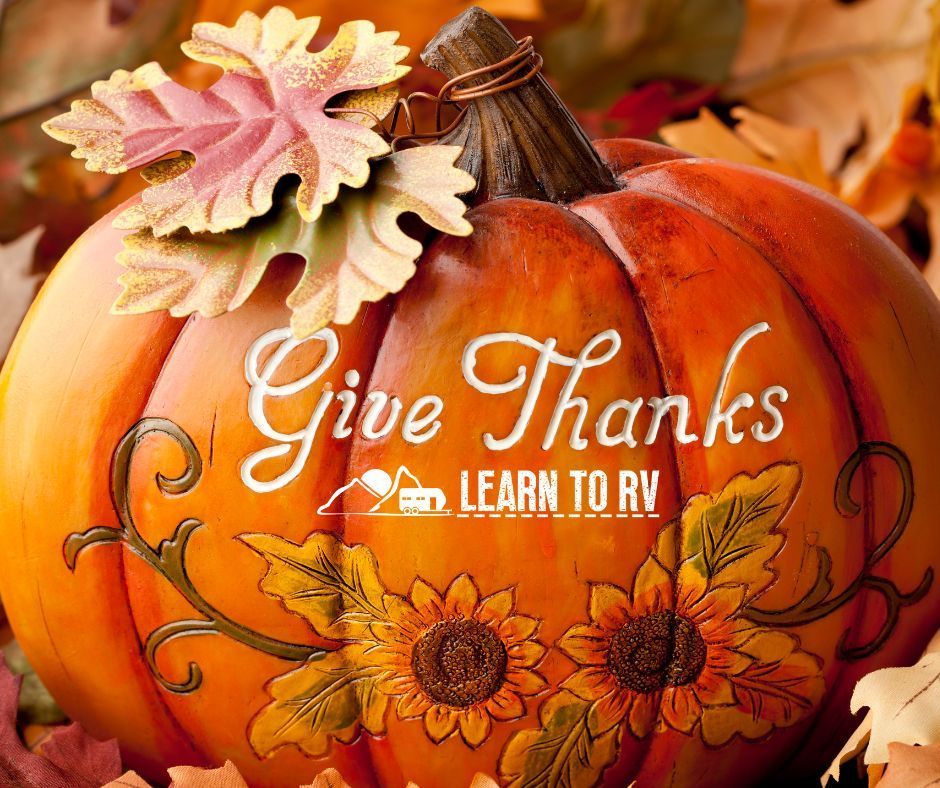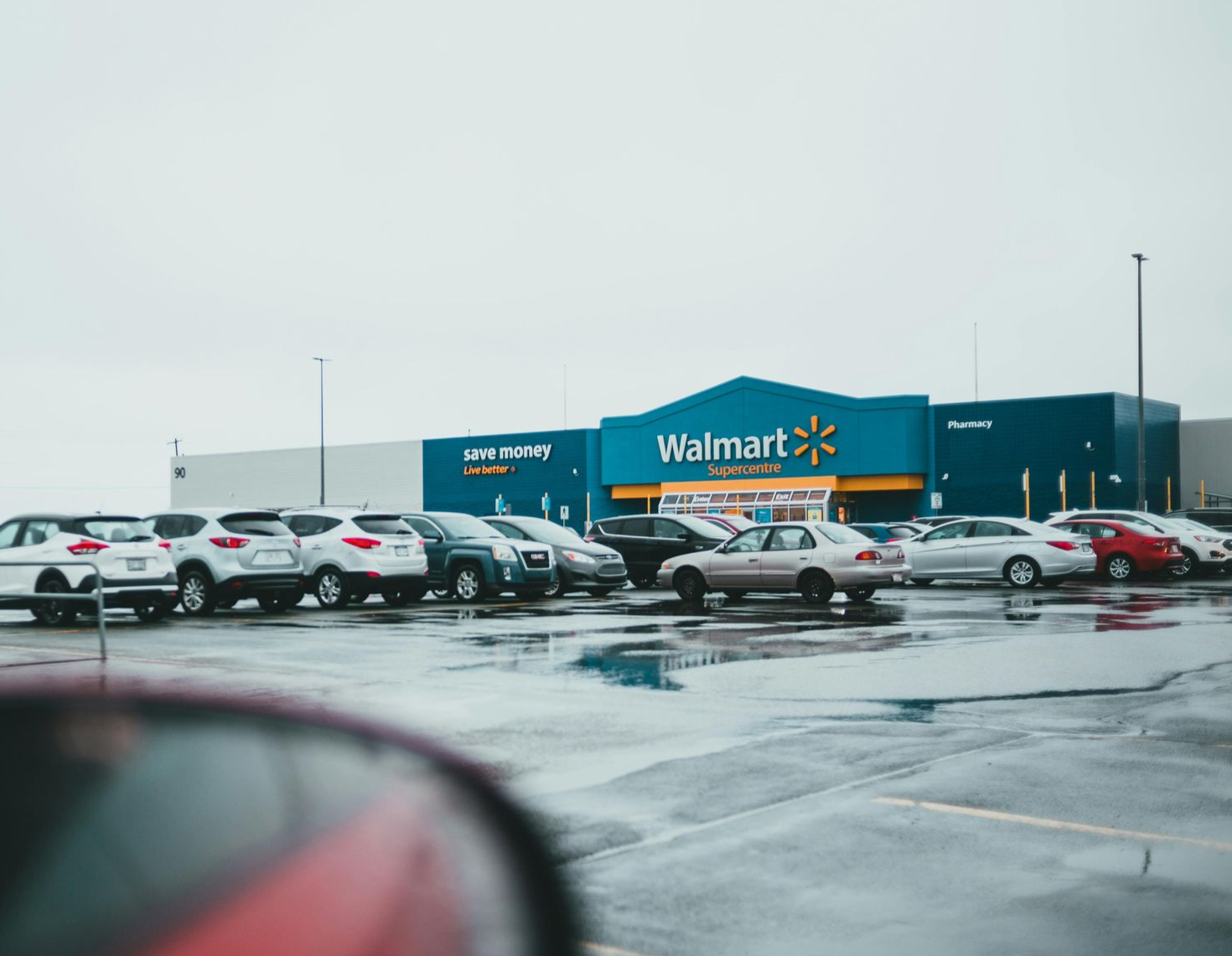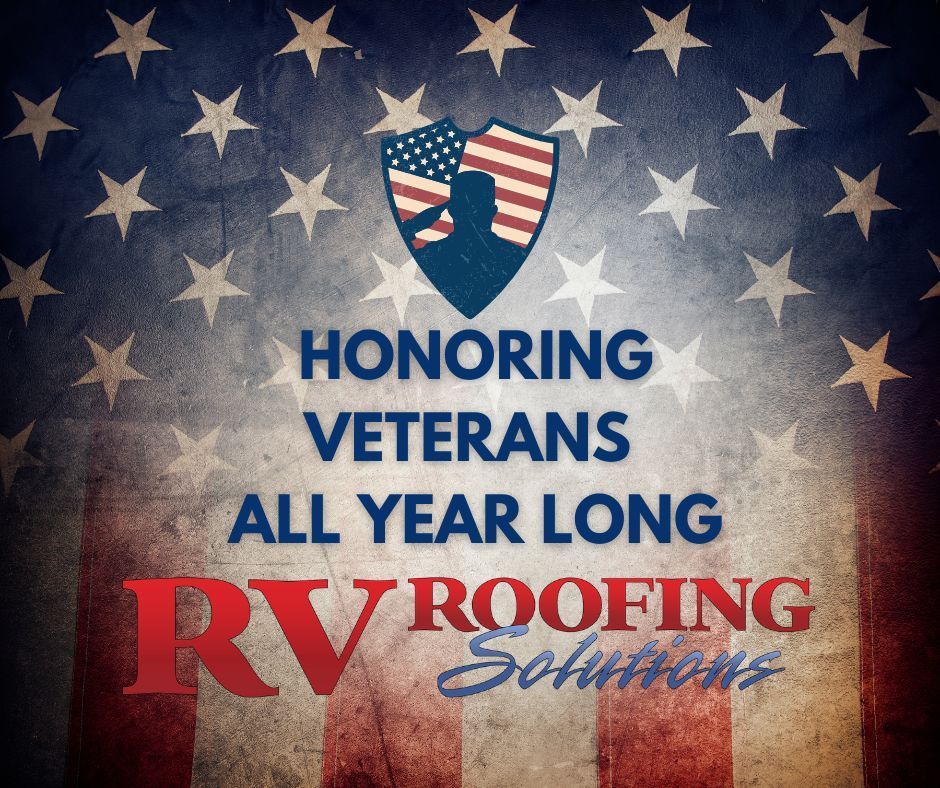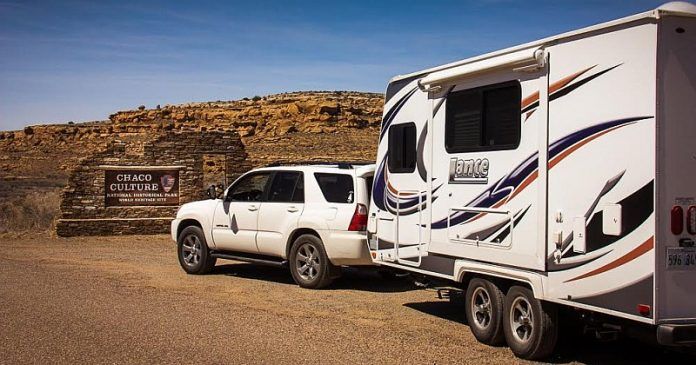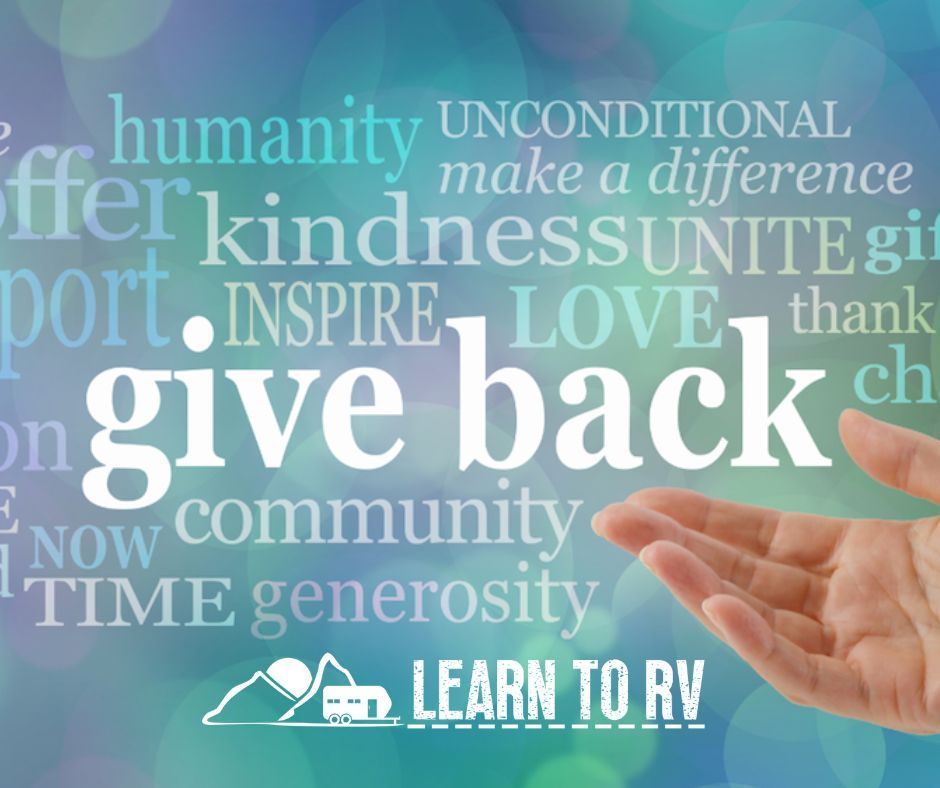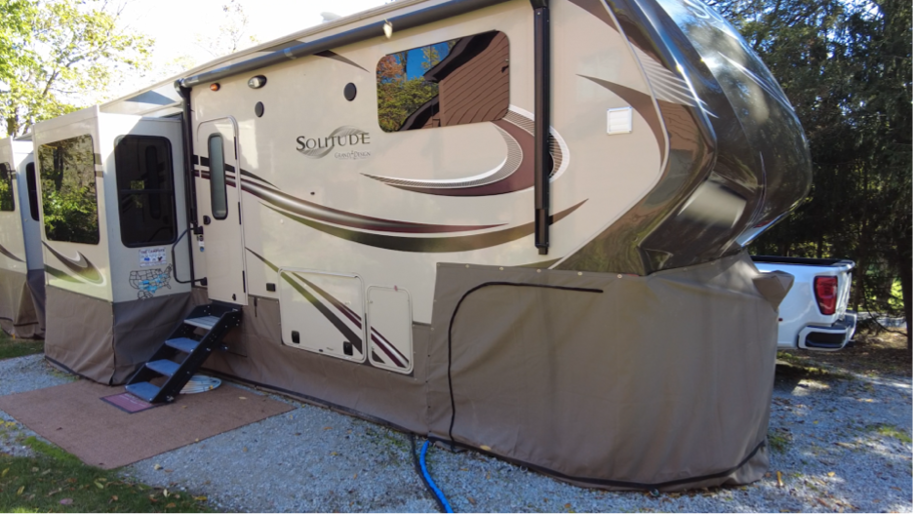Ready, Set, Roll! Your Ultimate Pre-Departure RV Checklist
Jennifer Aggio • May 16, 2025
*Grab your FREE one-page checklists at the end of this post!*
Before you hit the road, whether it’s for a weekend getaway, a cross-country trip, or the start of your next big chapter, it’s essential to walk through your RV, both inside and out. A thorough pre-departure check doesn’t just save you time; it can prevent costly damage, lost items, and serious safety risks. Trust me, after over 7.5 years of full-time travel in three very different setups, we’ve learned the importance of not skipping this step.
Unfortunately, sometimes experience is the best (and most frustrating) teacher.
Let me share a few stories that drove this lesson home for us…
The Emergency Window Incident
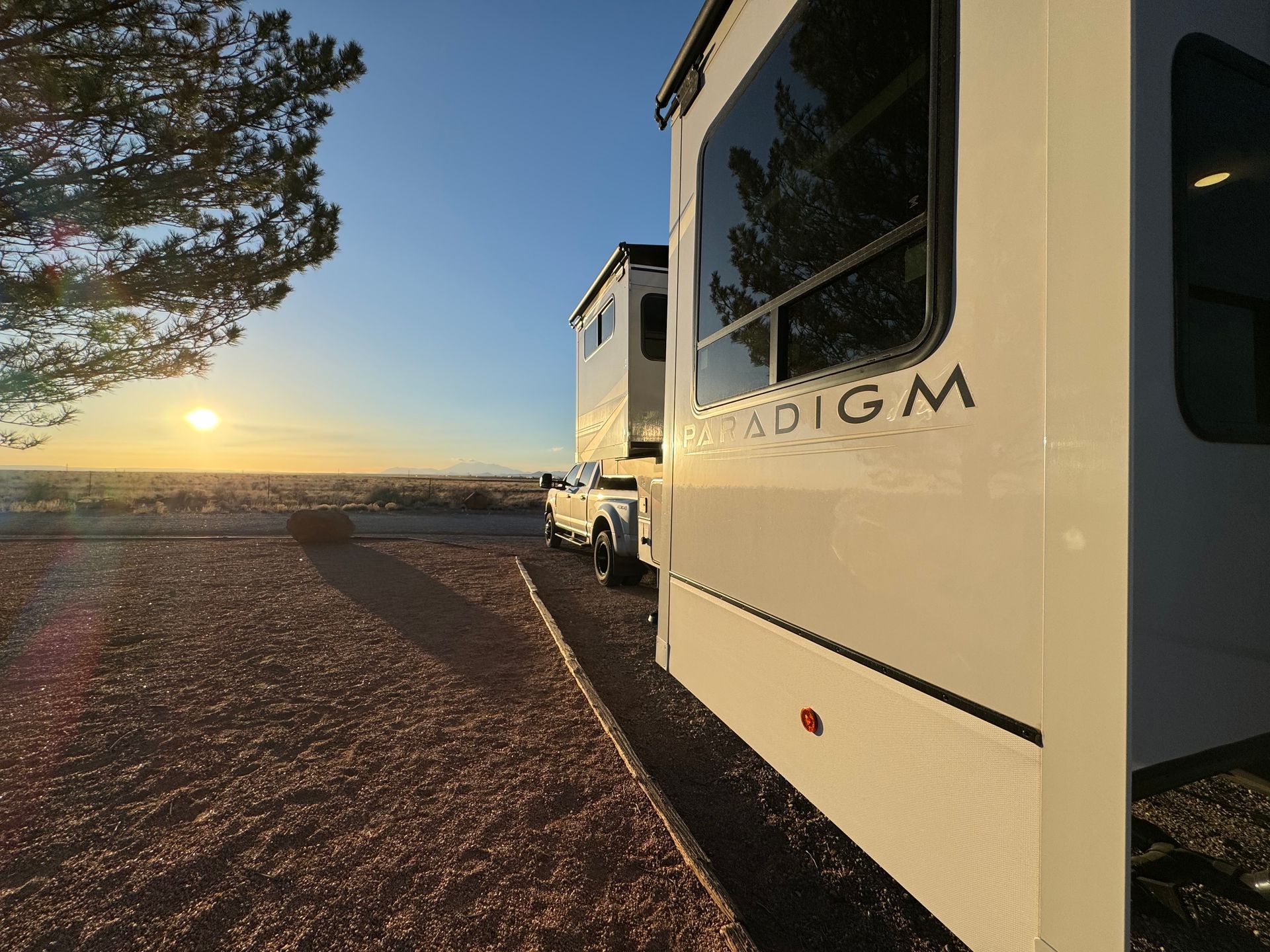
We were driving down the highway, towing our home like we’d done a hundred times before. My husband was following in our second vehicle when something white and round suddenly flew up and over his windshield. At first, he brushed it off, it’s not uncommon to see debris on the road. But then another item flew out... and then another. He realized with growing concern that it wasn’t just road debris. It was ours.
From the truck, I glanced in my mirror and saw something odd: the emergency window in the kids’ room had popped open. Somehow, it had come unlatched. We still aren’t entirely sure how it happened, maybe a bump, maybe a curious hand—but the results were immediate. Things were flying out the window as we barreled down the highway. One of the items that went soaring was something sentimental to our daughter. My husband looped back and drove that stretch of highway over and over. Just when he was about to give up, he spotted it. The relief on our daughter’s face made every U-turn worth it.
Now? Window latches are always on our checklist.
The Great Fridge Mishap
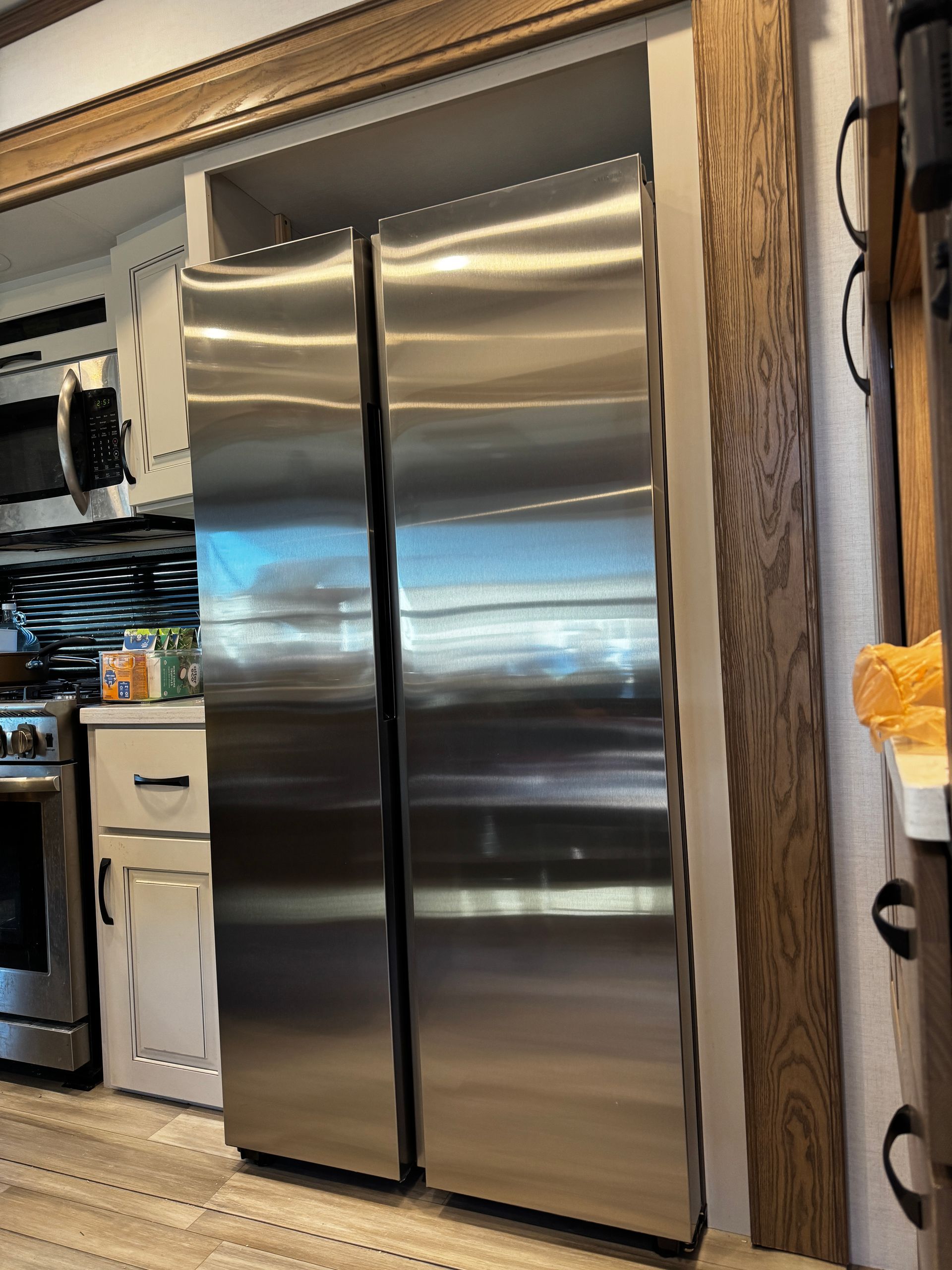
We installed a residential fridge in our rig (because our last fridge was too big of a headache, that’s another story). But with great fridge power comes great responsibility, specifically, remembering to latch the doors. Being a residential fridge it doesn't come with a built-in travel lock, so we installed our own latch system. My husband is particularly paranoid about it, so we usually both double-check that it’s secure before every trip.
Usually.
It was the fourth day in a row of travel, and we were exhausted. It had been a long haul, and we were eager to reach our summer destination. We were on our second stop that day (with one more to go), just grabbing a quick snack in the fifth wheel before getting back on the road. In our haste, we didn’t double-check the fridge upon leaving.
When we opened the RV door at our destination, we were greeted by a mess: fridge contents scattered across the floor, cracked containers, and a mixture of sticky and slippery to clean up. We were lucky nothing broke (or spilled) beyond what was manageable, but it was a firm reminder - tired or not, check the fridge.
The Cyclone in the Truck Bed
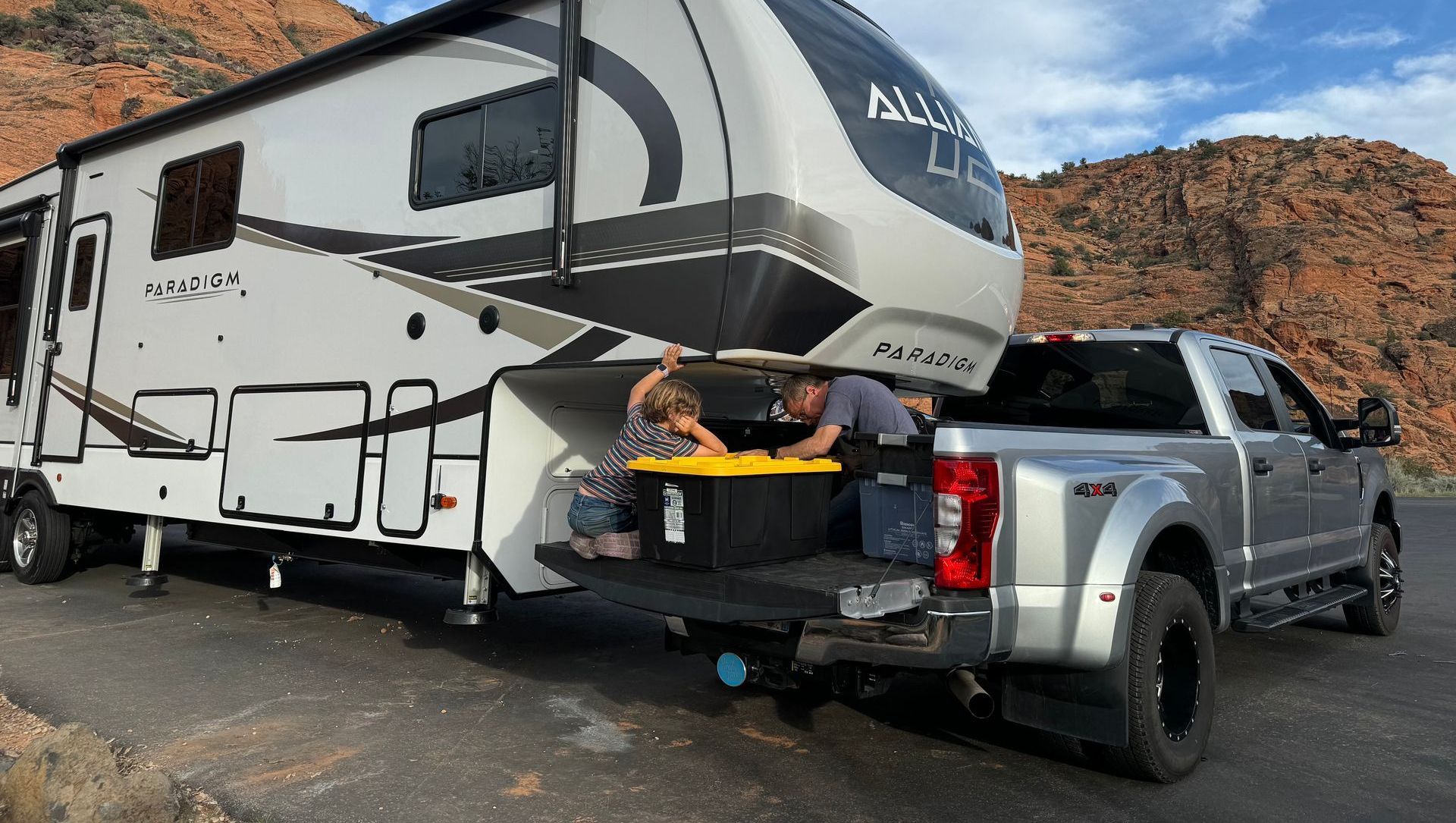
When we first switched to our fifth wheel setup, we were pretty confident. After all, we’d already lived the full-time travel life for years. But nothing teaches humility quite like losing something on the highway.
At that time, we didn’t think twice about the items in the truck bed. Everything was fairly large and heavy, how much could the wind really toss around? Well, as it turns out, a fifth wheel creates a perfect little wind tunnel in the bed of your truck. One of the storage containers we had back there was about 6 inches tall, just small enough to slip between the fifth wheel overhang and the bed rail. And that’s exactly what it did: at 60 mph, it launched itself into the air and out onto the highway.
That was the last time we traveled without a cargo net.
Why Does It All Matter?
These experiences weren’t fun in the moment, but they shaped the way we travel now. We don’t do rushed travel day preps anymore, we do intentional ones. We’ve built a thorough inside-and-out checklist based on real-life lessons (and a few too many highway retrieval missions). The goal is always the same: safe, smooth, stress-free travel. Of course remember even being the best prepared doesn't mean you wont ever have any mishaps!
So whether you're a full-timer like us or heading out for a quick escape, this guide is for you. Below is our tried-and-true RV travel checklist—built from experience, a few mistakes, and a lot of miles.
A smooth ride starts with a solid checklist—because adventure is more fun when nothing flies out the window.
Inside The RV Checklist
Before you even step outside, make sure the inside of your RV is road-ready. A few simple checks can prevent spills, damage, and surprise messes when you arrive.
"Because a flying coffee pot isn’t part of the adventure."
"Start smart :
safety and sanity begin inside."
"Secure it now, thank yourself later."
"An ounce of prevention beats cleaning up salsa
off the ceiling."
"Travel day tip :
the fewer things that go flying, the better the day."
“Tidy, tight, and travel-ready.”
“No clunks, crashes, or cupboard explosions - please and thank you.”
“An RV in motion will test every latch, lid, and loose spoon.”
“When in doubt,
strap it, lock it,
or Velcro it.”
“The only thing that should roll on travel day is your rig.”
“Secure your stuff before it goes airborne.”
Floors swept or vacuumed
Keeps items from rolling under the slide and causing damage.
Slides clear of obstructions
Double-check under/beside beds, tables, and couches before bringing them in.
Loose items secured
Prevent things from flying, tipping, or breaking while in transit. If in doubt - secure it!
Countertop appliances secured or stowed
Blenders, coffee makers, air fryers, and anything else should be tucked away.
Cabinets secured (Velcro if needed)
Some cabinets pop open while driving (even with magnetic latches) Velcro straps around two handles can help.
Fridge closed and latched
Avoid a food avalanche on arrival.
Microwave plate removed or secured
Microwave doors also have a tendency to swing open in transit. The plate can become a projectile if left inside.
TV secured
Strap it in or make sure it’s locked in place.
Blinds up or curtains tied back
Prevent flapping and potential damage.
Interior doors closed (or secured open)
Keeps them from swinging and slamming in transit.
Shower door latched or secured
Especially important if you have a glass door.
Toilet lid closed
Helps avoid spills and broken lids.
Windows shut and latched
We once lost toys out the window, never again!
Ceiling vents closed and fan covers latched
Protects against wind damage.
Interior lights off
Saves your batteries if you’re boondocking.
A/C and furnace turned off
Prevent electrical surges or unnecessary run-time.
Secure pet bowls
They’ll slide and spill if left out.
Remove or secure wall decor
Nano tape is our best friend for wall decor.
Pull slides in
Make sure all slides are all the way in.
Outside the RV Checklist
Once the inside is secure, it’s time to tackle everything outside. From hookups to hitches, these checks help ensure a smooth (and safe) roll-out.
“Because dragging your sewer hose down the highway is not the kind of road trip memory you want.”
“Wiggle it, tug it, double-check it. Then do it again.”
“where forgetting just one thing could become campground legend.”
“Don’t be the one with the flying stabilizer story.”
“Lights on, jacks up, chocks gone - now we’re talkin’.”
“Always do a walkaround… unless you like waving at your leveling blocks from the rearview mirror.”
“Not all heroes wear capes - some just remember to retract the awning.”
“If it dangles, drips, or isn’t tied down - it’s coming with you or falling off.”
“Don't let your gear turn into a roadside scavenger hunt.”
“Good neighbors check for dog poop before they leave. Great ones don’t leave any.”
Check under slides for forgotten items or debris
Toys, leveling blocks, or hoses can be easily missed.
Awning fully retracted and locked
Prevents wind damage during travel. If left out even a little, the wind can catch it.
Antenna/satellite dish retracted
Starlink put away
A must to avoid hitting overhangs or power lines.
Bike rack and bikes secured
Even one loose strap can cause major issues.
Ground solar panels packed and secured
Don’t leave them behind or let them get damaged.
Check under RV for leaks or drips
A good habit before pulling out.
Propane turned off
A key safety step.
Power disconnected and stored
Unplug and wind cords carefully to avoid damage.
Water disconnected and put away
Coil it dry and store properly.
Sewer disconnected and stored
Always cap and clean before stowing.
Basement doors latched and locked
Loose latches can fly open in transit.
All jacks raised completely
Skipping this can lead to serious rig damage.
Wheel chocks removed
Don’t forget them behind the wheels.
Driven off leveling pads and stored
Avoid crushing them or leaving them behind.
Cameras on (if applicable)
Helps with merging and lane changes.
All RV lights functioning
Test brake lights, turn signals, and running lights.
TPMS system on and checked
Monitoring tire pressure on travel day is critical.
Main door locked and handle secure
Keeps your door from flying open down the highway.
Check campsite for trash or pet waste
Be a good neighbor and leave it better than you found it.
Inspect departure path for obstacles
Look for trees, posts, or tight turns before rolling.
Tailored Tips for Your RV Type
Every RV setup has its own quirks and needs, what works for a motorhome might not apply to a travel trailer. These quick add-on checklists cover the must-dos for your specific rig type.
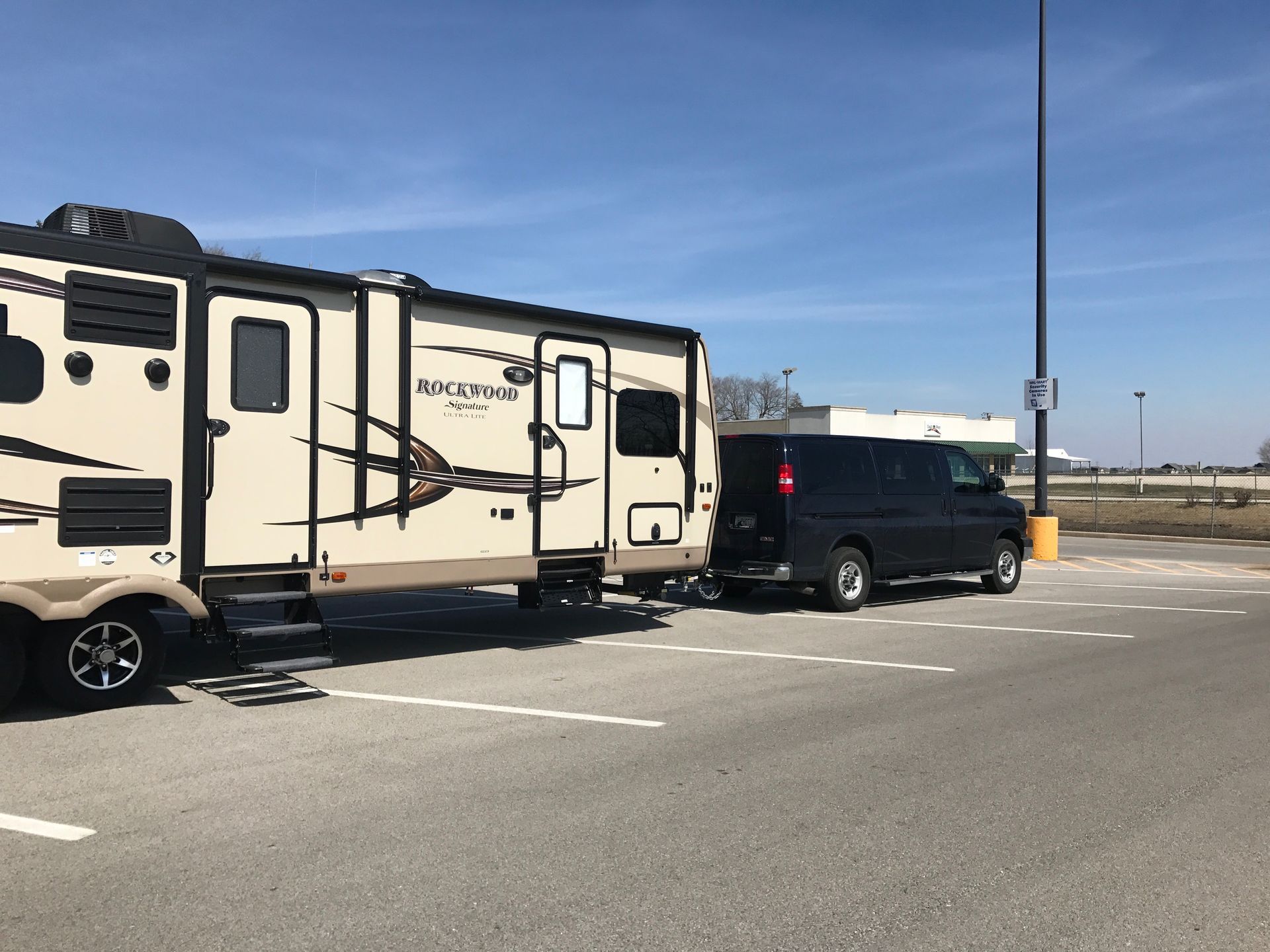
Travel Trailers
Tongue jack fully raised – Make sure it's cranked all the way up to avoid dragging.
Weight distribution bars secured – Prevents uneven towing and potential damage.
Trailer plug securely connected to tow vehicle – Powers your lights and brakes.
Breakaway cable attached to tow vehicle – Engages trailer brakes if it becomes disconnected.
Trailer safety chains crossed and hooked – Required by law and helps keep the trailer in line.
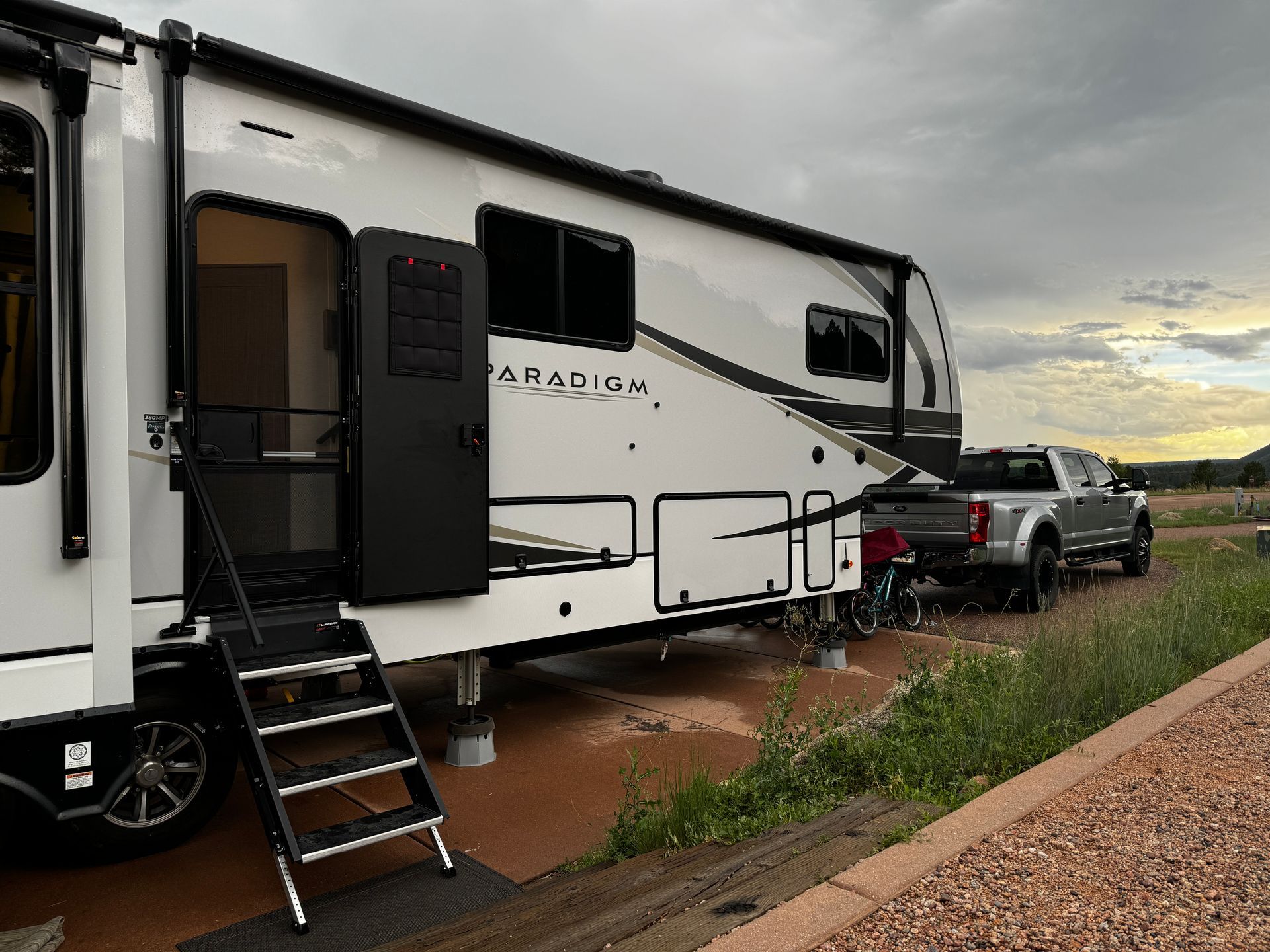
Fifth Wheels
Truck bed cargo secured (cargo net or cover) – Prevents items from flying out in the wind tunnel.
Tailgate down or compatible for hitching – Avoid damaging the tailgate or kingpin.
Properly hitched – Confirm you're locked and latched before moving.
Trailer plug securely connected – Ensures brake lights and trailer power work.
Safety chains hooked (if using gooseneck adapter) – An extra layer of safety.
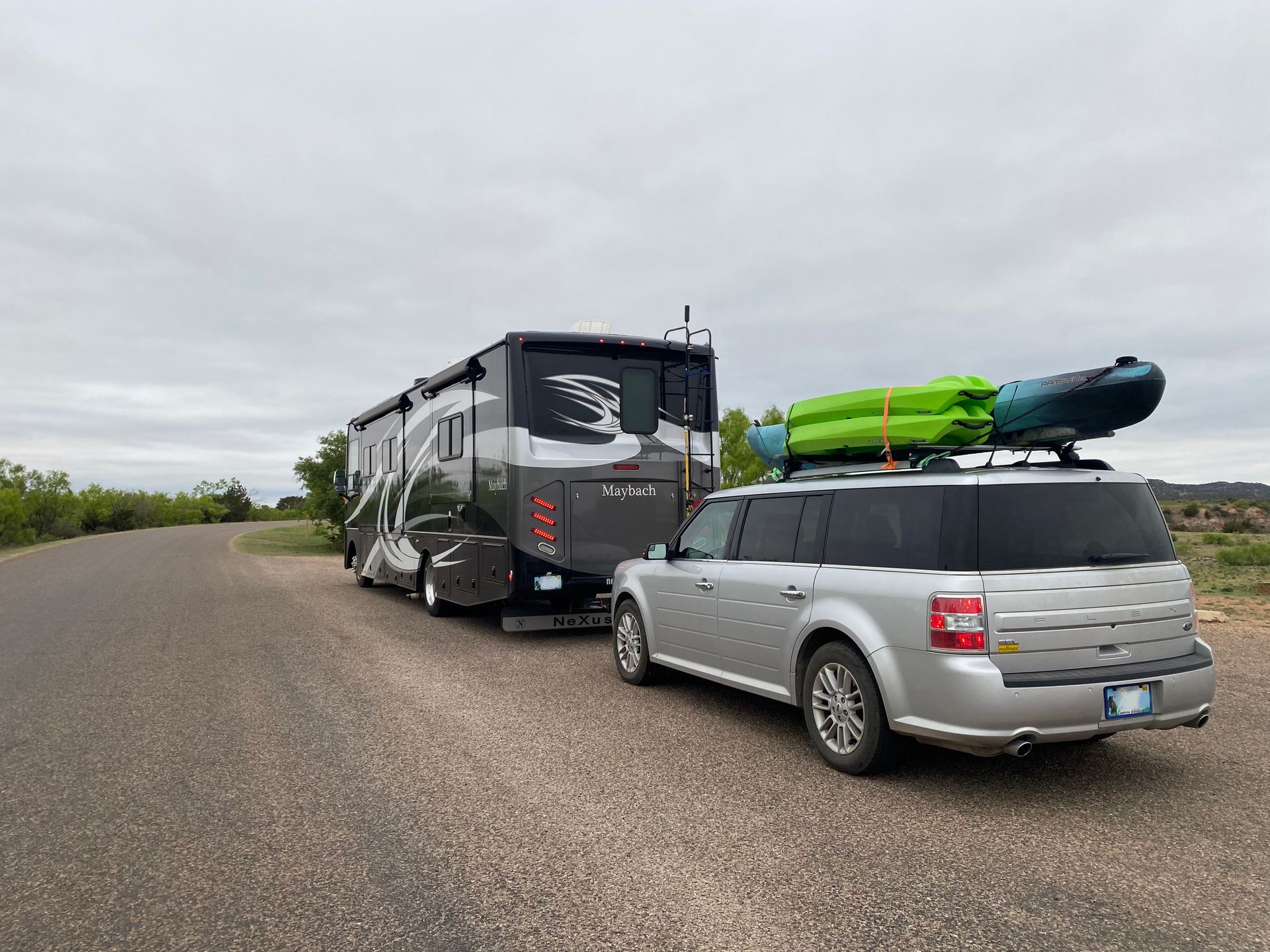
Driveable RVs
Towing accessories connected (if towing car) – Includes hitch, pins, and cables.
Tow bar pins and safety cables checked – A secure connection is essential.
Transmission set properly for towing (toad) – Some vehicles must be in neutral or accessory mode.
“The Little Extras That Make a Big Difference”
“Not All Rigs Are Created Equal"
Tech & Navigation Checklist
Before you hit the road, make sure your tech is dialed in and your route is ready. A little digital prep can save a lot of real-world detours (and stress).
“A well-planned route means fewer surprises - and less yelling at the GPS.”
“RV height: it matters more than your clearance anxiety admits.”
“No signal? No problem - if you downloaded your maps first.”
RV GPS set with height/weight profile
Avoid low bridges and restricted roads.
Route reviewed for clearance and restrictions
Helps plan stops and detours.
Download offline maps
Essential for areas with no cell service.
Weather checked
Wind, rain, and snow impact safety and timing.
Log tank levels (if you track usage)
If you track gas. Also good for boondocking and water management.
Tow Haul mode activated
Assists with braking and transmission control on grades.
Check mirrors for visibility and adjustment
Add this step before pulling out of your site.
Final Walk-Around Tips
- Final 360 walkaround before departure – Catch anything you forgot and confirm all gear is stowed.
- Pets, kids, and spouse accounted for – You’d be surprised how often someone is in the bathroom during departure.


These are from a time we had to hitch up at 90 degree angle to get out of the site. It was an awkward site at one of our camphosting gigs, and this was our first campground after getting our fifth wheel too. We did it!
Pro Tips
Double-check that your spare tire is secure
Spare tires can vibrate loose over time—don’t wait until you need it to find out it’s gone.
Ensure your sewer hose carrier is latched shut
It’s easy to overlook, but a dangling hose can be dangerous and gross on the road.
Keep a flashlight or headlamp handy
Early morning or late-night departures are much easier when you can see clearly under and around your rig.
Clean and dry your sewer hose before storing it
This helps avoid leaks, smells, and gunky surprises the next time you hook up.
Spray stabilizer and jack feet with silicone or lubricant
Keeps them from sticking or corroding, especially after rain or extended stays.
Double-check fridge temperature settings
Power cycles can reset residential or electric fridges—protect your groceries before hitting the road.
Carry extra fuses, a water pressure regulator, and basic tools
A simple blown fuse or burst hose can sideline your day—being prepared makes all the difference.
Recheck slide seals and awnings for debris
A small branch or leaf can prevent a good seal or damage your fabric.
Use a checklist app or alarm reminder
When you're tired or distracted, a digital nudge can prevent missed steps.
Make sure all exterior vents are clear (fridge, AC, water heater)
Wasp nests, spider webs, or leaves can block airflow and create fire risks.
Keep zip ties and duct tape on hand
These quick fixes have saved more RVers than we can count—don’t leave without them.
Confirm pets have water and safe travel space (in vehicle or motorhome)
Never transport pets in a trailer—they need ventilation, temperature control, and safety.
Share your route and ETA with someone
Especially important when traveling off-grid or into rural areas with spotty signal.
Don’t rush—give yourself time to complete your checklist
Mistakes happen when you’re rushing; build in buffer time and move with intention.
Grab Your Free Pre-Departure RV Checklist!
Other blogs you might like...
